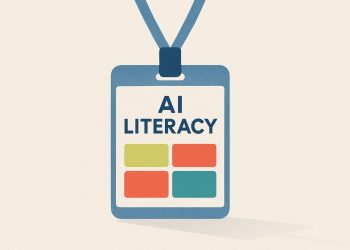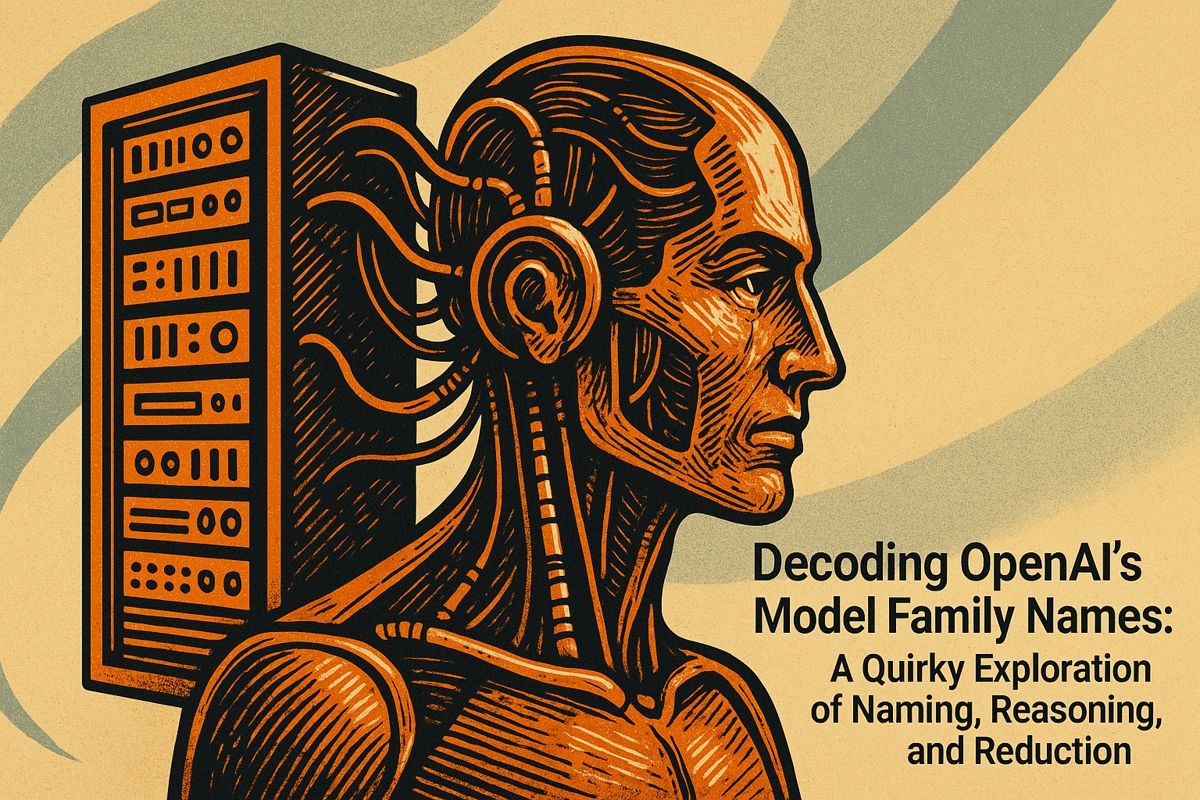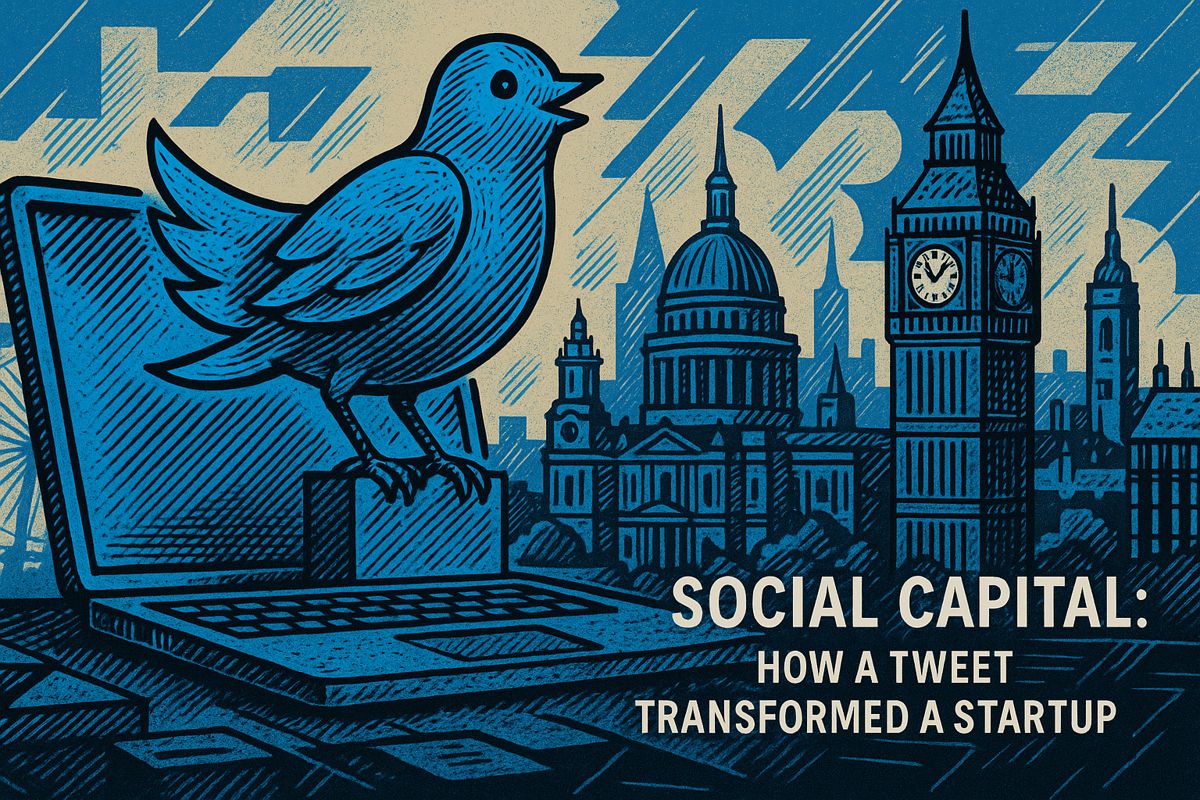AI agents are already changing how big companies work, with 70% of Fortune 500 firms using them for tasks like scheduling and customer service. Most people don’t realize how advanced and common these agents have become – they can plan, act, and solve problems without humans. New jobs are popping up around AI, but people still worry about things like fairness and privacy. Even so, AI agents are growing fast and making decisions on their own every day. Society now has to catch up with how quickly AI is moving into our lives and workplaces.
What is the current reality of AI agents in enterprise and why is public perception lagging?
AI agents are already transforming enterprises: 70% of Fortune 500 firms use AI for repetitive tasks, and advanced agents handle complex workflows with minimal human input. Public perception underestimates adoption and capability, with most unaware that autonomous AI is already mainstream and rapidly advancing.
- The AI Agent Reality Gap: Why What You Think You Know Is Already Outdated*
A viral demonstration on X recently left viewers stunned, with reactions like “I didn’t think agents were already so far along”. The clip showed an AI agent autonomously handling a multi-step business process from planning to execution without human input. This moment crystallized a growing industry concern: public perception is now a full cycle behind actual AI capabilities.
Here’s what’s happening in 2025 – and why it matters.
The Numbers Behind the Surprise
| Metric | Public Estimate | Industry Reality |
|---|---|---|
| AI agent deployment in Fortune 500 | ~30% | 70% use Microsoft 365 Copilot for repetitive work |
| Autonomous task resolution | Under 50% | 80% of common customer service issues resolved without humans by 2029 [^3] |
| Market growth forecast | Flat growth expected | $28B (2024) → $127B (2029) at 35% CAGR [^3] |
These aren’t lab demos. Salesforce’s Agentforce, AWS AI agents, and Google Cloud’s Conversative Agents Console all launched this year specifically for real business workflows [^3].
Workforce Reality Check
The transformation isn’t coming – it’s already here:
- 36% of occupations have workers using AI for at least 25% of their tasks (Stanford research, June 2025) [^5]
- Administrative roles are being fundamentally restructured, not eliminated. AI handles scheduling, data entry, and report generation while humans focus on strategic oversight [^2]
- New job categories emerging: AI trainers, AI operations managers, and AI ethicists are now standard roles at tech-forward companies
The Trust Paradox
While capabilities soar, public trust remains fragile:
| Sector | Trust Level | Primary Concern |
|---|---|---|
| Finance | Moderate-High | Algorithmic bias in credit decisions [^1] |
| Healthcare | Moderate | Patient privacy and diagnostic accuracy |
| Law Enforcement | Low-Moderate | Misuse of surveillance capabilities [^4] |
- 85% of financial firms* actively use AI for fraud detection and credit scoring, but explainability remains the top public demand [^1].
What You’re Missing
Modern AI agents now feature:
– Chain-of-thought reasoning allowing complex planning
– Context windows that maintain conversation history over weeks
– External API calls enabling direct software and hardware interaction [^7]
These agents don’t just respond – they initiate . One logistics company’s agent now independently:
1. Monitors shipping delays across 200+ carriers
2. Re-routes inventory through alternate channels
3. Updates customer notifications
4. Triggers billing adjustments – all without human intervention
Bridging the Gap
The Ada Lovelace Institute’s 2025 survey found public AI concern has increased 43% since 2024, primarily around sensitive domains [^6]. Meanwhile, 69% of US adults now express strong interest in learning about AI – double 2024’s figure [^4].
The message is clear: The technology isn’t waiting for public understanding to catch up. The question now is how quickly society can adapt to the agents already transforming work, finance, and daily life.
[^1]: AI in Financial Services 2025 – RGP Research
[^2]: Autonomous AI Future of Work Report
[^3]: Agentic AI Tools Report – CRN
[^4]: Heartland Forward AI Pulse Survey
[^5]: Stanford AI Workforce Study – arXiv
[^6]: Ada Lovelace Institute AI Survey 2025
[^7]: IBM AI Agents Reality Check 2025
How advanced are today’s AI agents compared with what people expect?
Most people still picture a chatbot that answers questions, yet in 2025 enterprise-grade agents already handle full, multi-step business workflows without human hand-holding. Examples include Salesforce Agentforce processing insurance claims end-to-end and AWS AI agents orchestrating supply-chain decisions in real time. Recent demos (a now-viral clip on this Twitter thread) drew reactions such as “I didn’t think agents were already so far along” – a clear sign the public underestimates current capabilities.
What measurable growth is the agentic AI market seeing?
The numbers are striking: from USD 28 billion in 2024 to a forecast USD 127 billion by 2029, a 35 % compound annual growth rate. Gartner adds that by 2029 agentic AI will autonomously resolve 80 % of common customer-service issues, cutting operational costs by 30 %. Inside enterprises, IBM notes that 36 % of occupations already use AI for at least 25 % of daily tasks, a figure that keeps climbing month-over-month.
How are AI agents changing actual job roles right now?
Rather than wholesale replacement, agents are reshaping job content. Administrative roles lose repetitive scheduling and data-entry tasks but gain oversight and exception-handling duties. Finance analysts now supervise AI-generated risk forecasts instead of building them manually. New job titles such as AI operations manager and prompt engineer are appearing on Fortune 500 org charts, while 70 % of those same companies use Microsoft 365 Copilot for routine work.
Where do trust and perception gaps remain largest?
Surveys by the Ada Lovelace Institute (March 2025) show public concern about AI has risen, especially in sensitive sectors like welfare, law enforcement and credit scoring. In finance, 85 % of firms deploy AI, yet customer trust hinges on transparent, bias-free decisions. In policing, trust levels sit lower: citizens fear opaque surveillance and wrongful actions by autonomous agents. Clear regulation and explainable models are proving critical to close these perception gaps.
What ethical guardrails are organizations adopting in 2025?
Leading enterprises follow emerging 2025 guidelines that emphasize:
– Human oversight remains mandatory – every autonomous loop must have an off-switch or escalation path.
– Explainability by default – systems must surface decision logic in plain language.
– Shared accountability – vendors, deployers and regulators all sign off on risk assessments before launch.
Industry bodies (IEEE, WHO and new federal frameworks) are working to codify these principles, ensuring that rapid capability gains do not outpace responsible deployment.



















